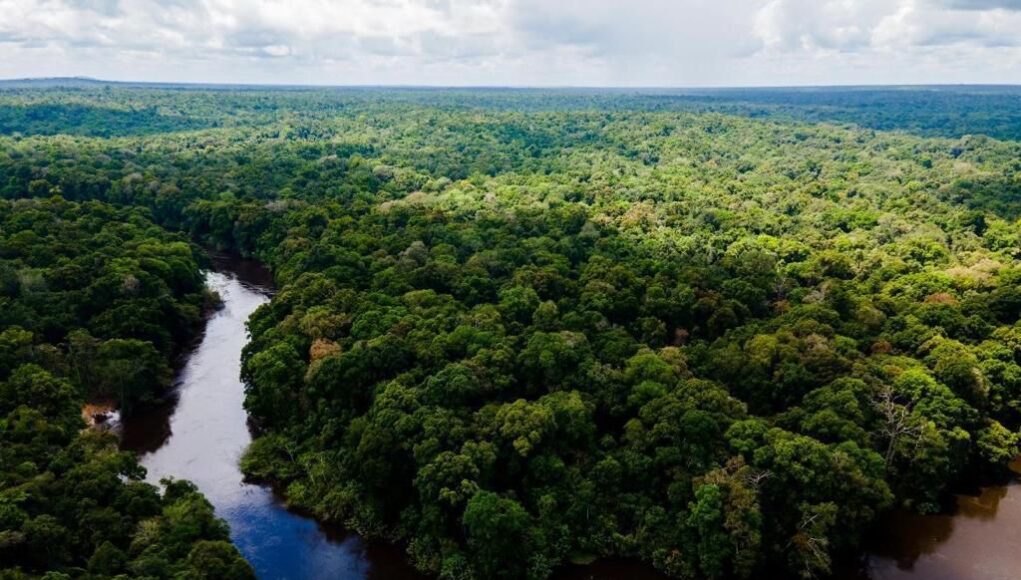In a notable achievement for the nation’s forestry sector, Guyana produced approximately 446,000 cubic meters of timber products in 2023, a volume sufficient to construct more than 20,000 homes by United States standards.
This was revealed today by the Ministry of Natural Resources which noted that, this figure underscores the significant scale of Guyana’s timber output, translating into an impressive capacity for housing development.
Notably, when adjusted for the smaller average house sizes typical in the Caribbean and Guyana itself, this timber volume could potentially build more than 25,000 homes.
In 2023, the sector contributed significantly to national exports, which totaled USD 20.5 million. Projections indicate a robust increase in timber exports, expected to reach USD 31.4 million in 2024, representing a 53% rise. This projected growth reflects the sector’s expanding role in the global timber market and its crucial contribution to the national economy.
Furthermore, the forestry sector generated a gross domestic product (GDP) of approximately USD 86.32 million in 2023. With an anticipated growth rate of 3.9% for the upcoming year, the sector’s GDP is expected to climb to around USD 89.68 million.
The sector’s success in 2023 was driven by a marked increase in the production of logs, sawn wood, and round wood, offsetting declines in other categories such as fuel wood and split wood. This boost in timber production is set to continue supporting Guyana’s construction boom, spurred by the country’s burgeoning economic growth, largely fueled by increased oil production.
This economic expansion according to the Ministry, has led to a surge in construction activities across the country, with new homes, industrial properties, and buildings for businesses, hospitals, hotels, and schools springing up in response to the growing demand.
Looking ahead, the upcoming Gas-to-Energy project is expected to further propel the forestry sector by reducing energy costs and boosting production, particularly in value-added wood products. The project, anticipated to come online in 2025, promises to lower operational costs and enhance the competitiveness of Guyanese wood products in international markets. This development aligns with broader efforts to leverage Guyana’s natural resources while driving economic growth and diversification.
While the economic contributions of the forestry sector are significant, Guyana’s forests also play a critical role in global environmental sustainability. With over 99% of its forests remaining intact, the country stores more than 19 billion tons of carbon dioxide equivalent, making it a crucial player in the fight against climate change. Guyana’s deforestation rate, averaging just 0.059% from 2010 to 2020, is strikingly lower than the global tropical average of approximately 0.533%, underscoring the country’s commitment to forest conservation.
Guyana’s approach to forestry is underpinned by sustainable practices that ensure the long-term health of its forest ecosystems. These practices, guided by the Low Carbon Development Strategy (LCDS), include rigorous codes of practice for timber harvesting, the application of reduced-impact logging techniques, strong forest governance, and meticulous pre- and post-harvesting planning.
This strategy not only positions Guyana as a leader in sustainable forestry but also highlights the country’s dedication to balancing economic growth with environmental stewardship.













